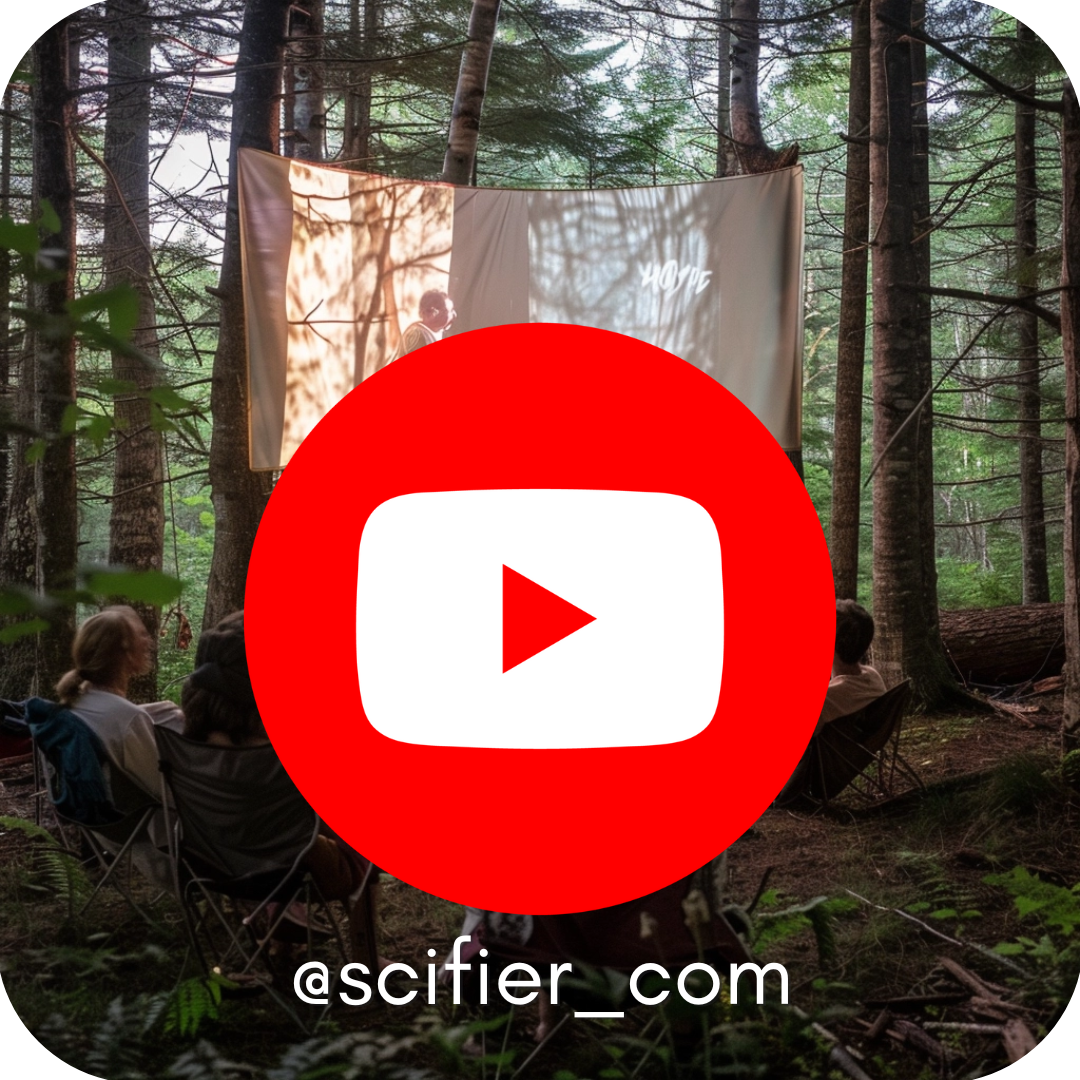Description
About the Author
Jennifer Fleeger is an Assistant Professor in the Department of Media and Communication Studies at Ursinus College. Her second book, Mismatched Women: The Voice Meets the Machine, will also appear in Oxford's Music/Media Series.
Reviews
An intellectually robust work, Sounding American not only makes an important contribution to histories of film music, but also revises in significant ways our accepted definition of the classical Hollywood score. Best of all, it makes way for additional questions about the many forms and functions of music heard by moviegoers during a privileged period of technological change. * Katherine Spring Journal of the Society for American Music *
Jennifer Fleeger has produced nothing less than a thorough re-theorization of the early history of music for films. She is now the peer of the most revered scholars in the field of film music studies. * Krin Gabbard, author of Hotter Than That: The Trumpet, Jazz, and American Culture *
Essential scholarship not only explaining the coming of sound to Hollywood cinema, but also a major contribution to the role music plays in the Classic text. Brilliantly brings together technological history and musical analysis. * Douglas Gomery, author of The Coming of Sound: A History *
Book Information
ISBN 9780199366484
Author Jennifer Fleeger
Format Hardback
Page Count 234
Imprint Oxford University Press Inc
Publisher Oxford University Press Inc
Series Oxford Music/Media Series
Weight(grams) 524g
Dimensions(mm) 160mm * 236mm * 18mm
Details
Subtitle: |
Hollywood, Opera, and Jazz |
Series: |
Oxford Music/Media Series |
Imprint: |
Oxford University Press Inc |















